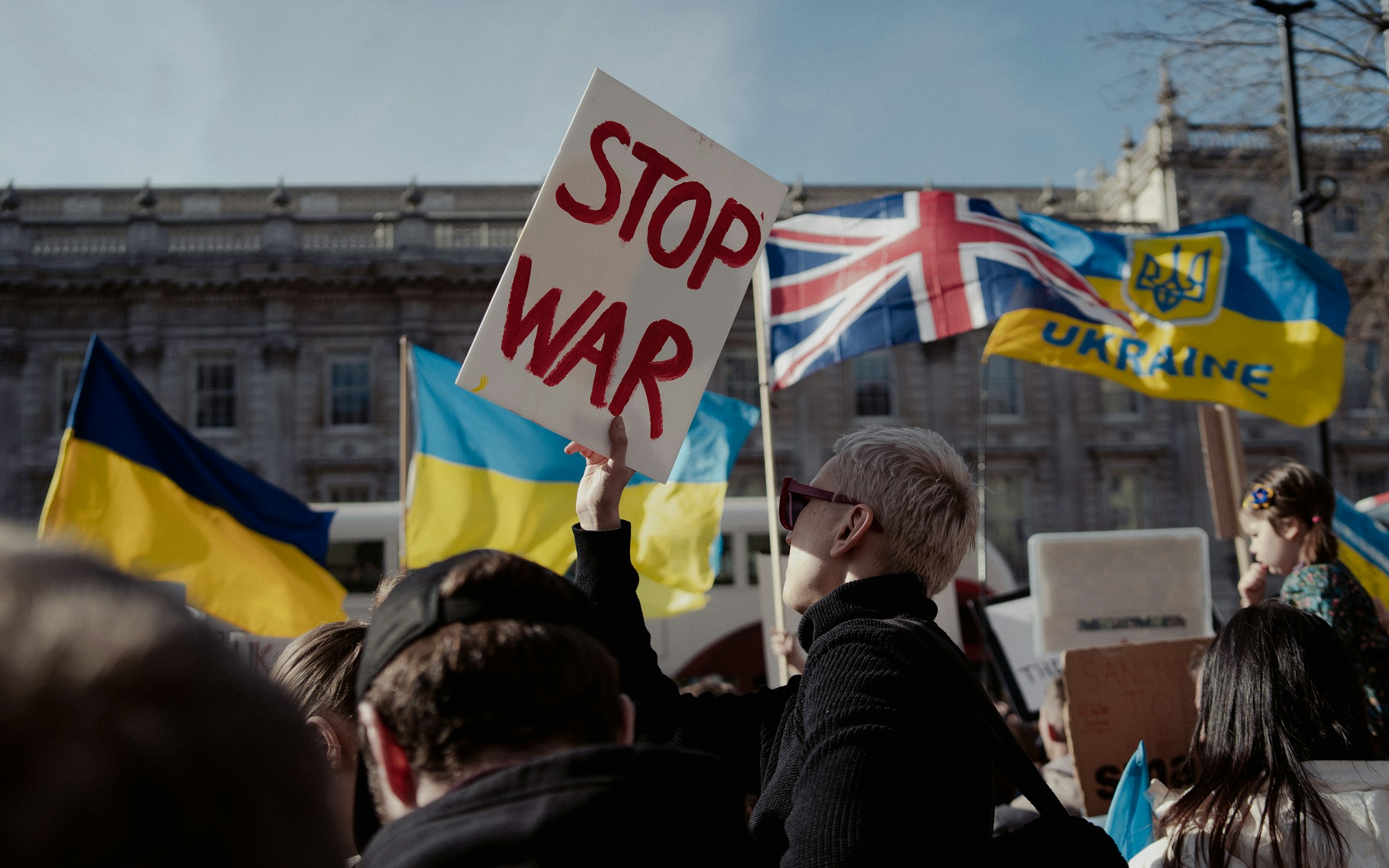Ukraine’s decision to reject President Vladimir Putin’s proposed cease-fire, with Europe lending firm diplomatic backing, is more than a wartime negotiation breakdown. It reflects a deliberate strategic posture: neither Kyiv nor its European partners are willing to cement a status quo that legitimizes territorial losses or undercuts the rules-based order. From a macro-capital perspective, this stance preserves the West’s leverage in both security guarantees and economic pressure—while prolonging the period of elevated geopolitical risk premiums in global energy, commodity, and bond markets.
In practical terms, this move keeps Europe’s defense-industrial mobilization and energy diversification policies on an accelerated track. For Ukraine, it reinforces the necessity of sustained Western military and financial aid, while for markets, it signals that any near-term easing of risk exposure to the region is premature.
The Kremlin’s cease-fire proposal was framed as a pathway to de-escalation but carried preconditions that, in Kyiv’s assessment, amounted to territorial concession. Ukrainian leadership, echoing previous positions, rejected any arrangement that would formalize Russian control over occupied regions. Brussels followed with a coordinated statement, reaffirming its commitment to Ukraine’s sovereignty and warning against any “peace” that embeds strategic instability.
The policy response from Europe is notable for its alignment across member states—Germany, France, and Poland presented a united front despite varying domestic political pressures. This suggests that the European Council views the proposal not as an opening for compromise but as a test of political resolve ahead of the next EU sanctions renewal cycle.
This is not the first time that a cease-fire initiative from Moscow has been rebuffed. Previous offers, notably the Minsk agreements, were characterized by cease-fire terms that froze front lines without resolving core disputes, leading to repeated violations and protracted instability. The current rejection echoes NATO’s broader post-2014 doctrine: temporary halts that favor aggressors are strategically unacceptable.
Regionally, the stance parallels Gulf Cooperation Council responses to maritime security threats in the Strait of Hormuz—where short-term truces without addressing root causes were dismissed as cosmetic. The refusal to lock in disadvantageous terms reflects an institutional memory of the cost of accepting an unstable peace.
In the immediate aftermath of the joint Ukraine-Europe position, sovereign bond yields in frontier markets with high energy-import dependency saw modest widening, reflecting concerns over sustained high fuel prices. Brent crude prices, already buoyed by OPEC+ supply discipline, held firm above $80 per barrel as traders priced in continued geopolitical risk premiums.
For European capital markets, the implication is twofold. First, defense sector equities continue to attract capital reallocation from institutional investors seeking policy-backed growth exposure, particularly in firms tied to munitions production and next-generation air defense. Second, EU energy policy remains in a high-alert configuration: gas storage targets for winter remain above historical norms, and LNG contract volumes with the US and Qatar are being extended, ensuring buffer capacity against potential supply disruptions.
For Ukraine, the rejection strengthens the case for multilateral financing continuity through mechanisms like the IMF’s Extended Fund Facility and EU macro-financial assistance packages. This ensures fiscal stability in the near term, but it also locks the country into a debt trajectory heavily dependent on Western creditor goodwill.
The rejection of Putin’s cease-fire proposal signals that neither Ukraine nor Europe is prepared to dilute strategic leverage for short-term conflict fatigue relief. In capital terms, it means sustained budgetary commitments to defense and energy resilience will remain embedded in European fiscal planning. For global markets, it underlines the persistence of geopolitical risk as a structural—not cyclical—factor in pricing energy, sovereign credit, and certain industrial supply chains.
This policy posture may appear confrontational, but it reflects a broader recalibration: security credibility is being treated as a precondition for long-term economic stability, not a trade-off against it. By reinforcing alignment across NATO and the EU, Europe is signaling to both allies and adversaries that political fragmentation will not undercut its external commitments. This reduces uncertainty for defense contractors and energy infrastructure investors, while sustaining pressure on Russia’s fiscal and currency position. It also sets the tone for future negotiations—making clear that any settlement will need to be anchored in enforceable guarantees rather than politically expedient compromises.














